More than a hippie hobbit house
A month-long crash course on the ultimate in sustainable habitats
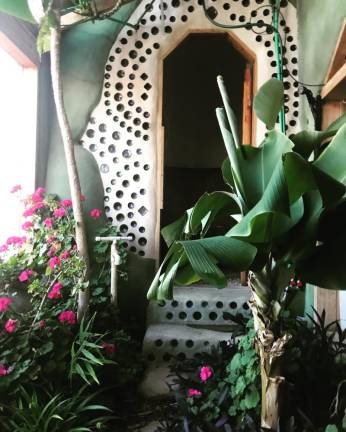
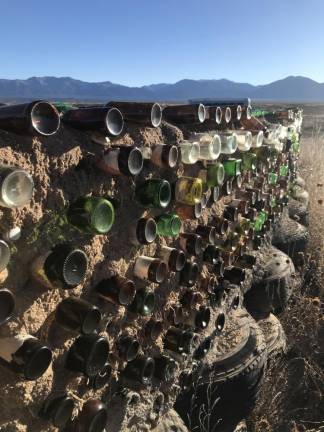
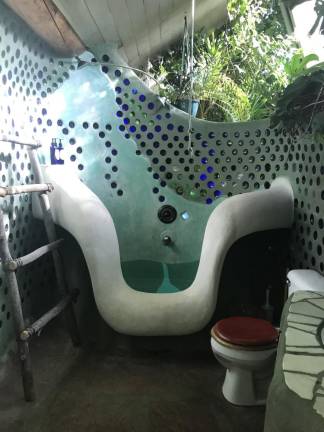
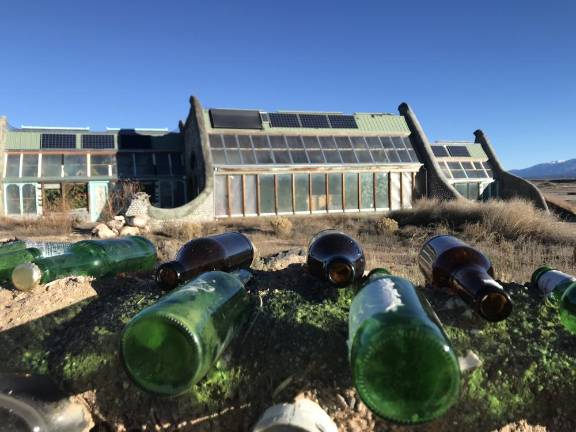
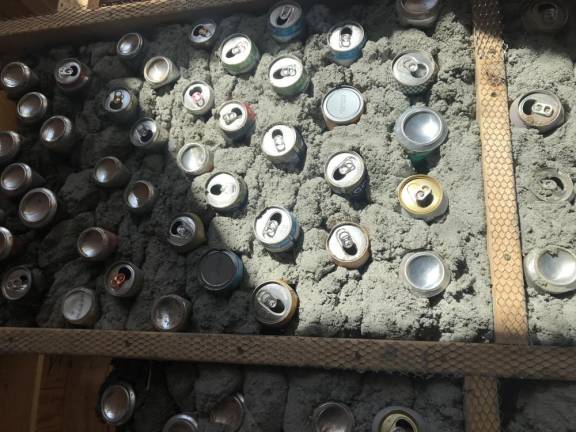
I’m forever a Jersey girl at heart, but I moved to Colorado in 2014 to pursue an education. After graduating Colorado Mountain College with a degree in sustainability studies, I felt I had to go out and save the world. Studying social inequity, climate change, species loss, environmental degradation from development and consumption, I had a heavy heart and a head full of worry. I felt a strong urge to make a difference with my newfound understanding of the world. However, I was not quite sure how to leave my mark in a meaningful way. As time has gone on, my grand ideas about saving the world have transformed into more attainable goals. I have given myself permission to not feel immense guilt for all the millions of things I am supposed to be hyperaware of. I am, after all, one person up against larger systems at play. I have learned to adjust my lens to focus on my own life path because that’s what I can control. From my mentors I have learned the best thing to do is to do what you can, with what you have, where you are at.
After college, the next steps were to find the others and build community. To go even deeper, I wanted my own homelife to be sustainable. I wanted to live in alignment with my values and cultivate the life I dreamt of having. But where to start? I had visited the Earthship visitor center in Taos and found out there was an academy where you could learn how to build an Earthship. The Earthship Academy seemed like the next step for me. So I saved up my money and took off to New Mexico for a month.
What exactly is an Earthship? I like to describe them as hippie hobbit houses, but these homes are so much more than fairytale earthen habitats. “Sustainable autonomous housing,” is how Earthship Biotecture founder Mike Reynolds puts it. The goal is to minimize inputs on heating and cooling and source renewable energy from the wind and sun, to allow for a sustainable lifestyle independent of the coal-powered grid.
We spent half our days in the classroom in lectures and labs learning to wire electric and build water systems, then the second half learning hands-on skills at job sites pounding tires, plastering, and mixing cement. My Earthship for the month was a simple survival model that costs $25,000 to build. During a November snowstorm, with sub-freezing temperatures outside, my living space remained a comfortable 65 degrees. I shared it with banana and papaya trees and herbs that occupied an attached greenhouse. It felt like a tropical oasis in the high desert, all provided by the sun and the earth.
Each Earthship is unique, with amenities that range from basic to luxurious, with bathtubs and multiple rooms. But ultimately, they all adhere to six design principles. They use natural and recycled materials; passively heat and cool themselves with thermal mass, vents and cooling tubes; generate power with solar and/or wind inputs; produce food; collect and treat their own water; and treat waste on-site. Building off Indigenous knowledge, these homes utilize techniques such as adobe building into the land to tap into thermal heating and cooling from the earth. Oriented south in the northern hemisphere, they take advantage of passive solar gain to heat the home and grow food in the greenhouses. Solar powered appliances and water heaters allow for on-demand electricity and hot water.
Integrating plants into the living space improves air quality and provides a year-round source of food, medicine and herbs, not to mention an amazing aesthetic. The greenhouse collects the sun’s heat, and the plants play an integral role in treating an Earthship’s water and processing its waste.
How each Earthship deals with its waste depends on what local municipal code allows. In Taos, black water treatment cells outside of each home treat waste on-site, rather than further stressing the overburdened treatment facilities that regularly dump excess waste, polluting our waterways.
Each Earthship is born of its environment, arising from whatever materials are available locally. The handcrafted feel and unorthodox building techniques add to the charm of each one. Using aluminum cans to create concrete formwork, for instance, opens possibilities to endless shapes not easily achieved through conventional masonry.
Trash is a resource in the Earthship ethos. Take the signature tires that become a form for the rammed-earth foundation. Plastic bags can be used in place of toxic insulation materials. Glass bottles adorn walls and windows to make homes glow with detail. Scraps of wood make beautiful doorways, cabinets and home details with much more personality than the prefabricated versions.
I have learned much during my month here and been deeply inspired by teachers, crew and classmates. We were all coming from different paths, but it felt empowering to come together united in our purpose to ignite change.